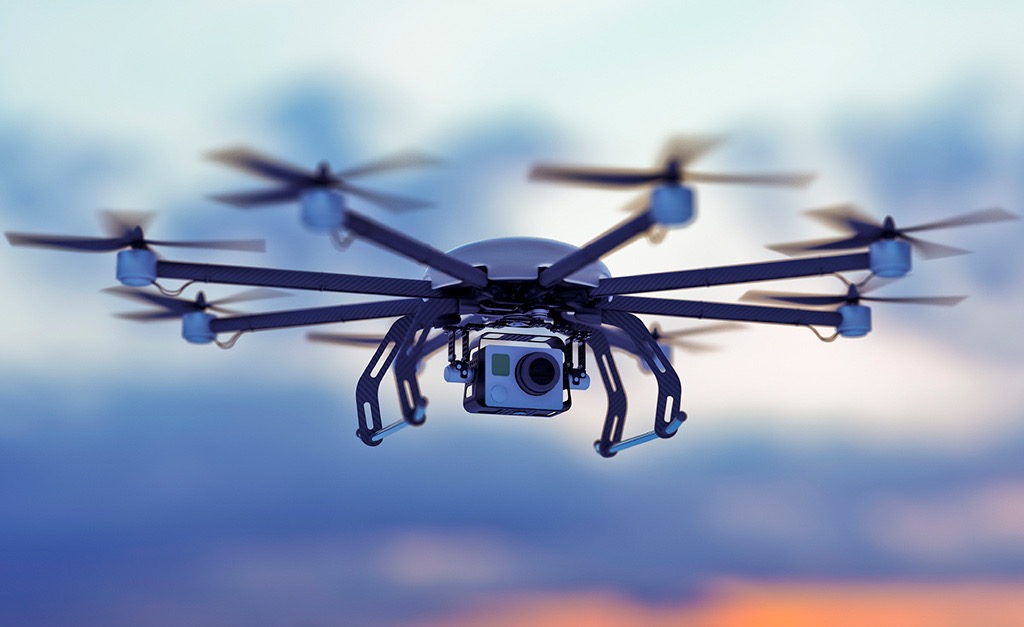Just as ALPA has been at the forefront of advancing aviation safety for 85 years, the evolution of technology has been a valuable asset for our industry. As unmanned aircraft systems (UAS) gained popularity, ALPA quickly recognized the future potential of these devices and worked with industry stakeholders and government regulators to ensure that the operation of these devices does not jeopardize the safety of our national airspace.
In recent months, UAS, or drones as they are commonly called, have flooded the commercial market. As more people take to the skies with their UAS, pilots around the world are witnessing more of these devices in shared airspace, a problem that ALPA has been working to reduce.
In June, ALPA’s first vice president and national safety coordinator, Capt. Joe DePete, reiterated ALPA’s four-pronged approach to ensure continued safe operations as a keynote speaker at the Civil and Commercial Drone Systems and Counter Drone Technologies Symposium. This approach includes education, registration, technology, and enforcement.
“UAS integration represents one of those rare chances we get, where together, we have the opportunity to prevent an accident before it ever happens,” DePete said. “Simply put: We cannot degrade our national airspace’s safety.”
On June 21, the Federal Aviation Administration (FAA) took a significant step forward for safety by releasing the first ever regulations regarding the commercial operations of UAS weighing under 55 pounds, small-UAS (sUAS). While the new policy elements are important—including limiting operations to line of sight, not permitting night-time operations, and not allowing operations to exceed 400 feet in altitude—ALPA is still calling upon the FAA to take a stronger stance to ensure that those who commercially pilot small UAS possess the knowledge base and training equal to commercial-rated pilots and include some operational experience. We are also urging Congress to correct a loophole and finally ensure that the FAA has the authority to fully regulate hobbyists and recreational operators of UAS.
That need for full regulation was highlighted this week in a Wall Street Journal article detailing the dangers posed with the unsafe UAS operations near efforts to control wildfires. According to the article, “Drone sightings in Utah in late June grounded aircraft three times. This was particularly problematic at a fire in southwestern Utah, which burned steep, rocky terrain difficult to access by land, fire officials said.”
Concerns surrounding irresponsible UAS use was also underscored in Canada recently when the government’s aviation regulatory agency, Transport Canada, launched an awareness campaign on UAS safety. ALPA applauded the government’s commitment to the safe and legal operation of these devices and will continue to work with regulators on advancing the unparalleled safety of North America aviation.


